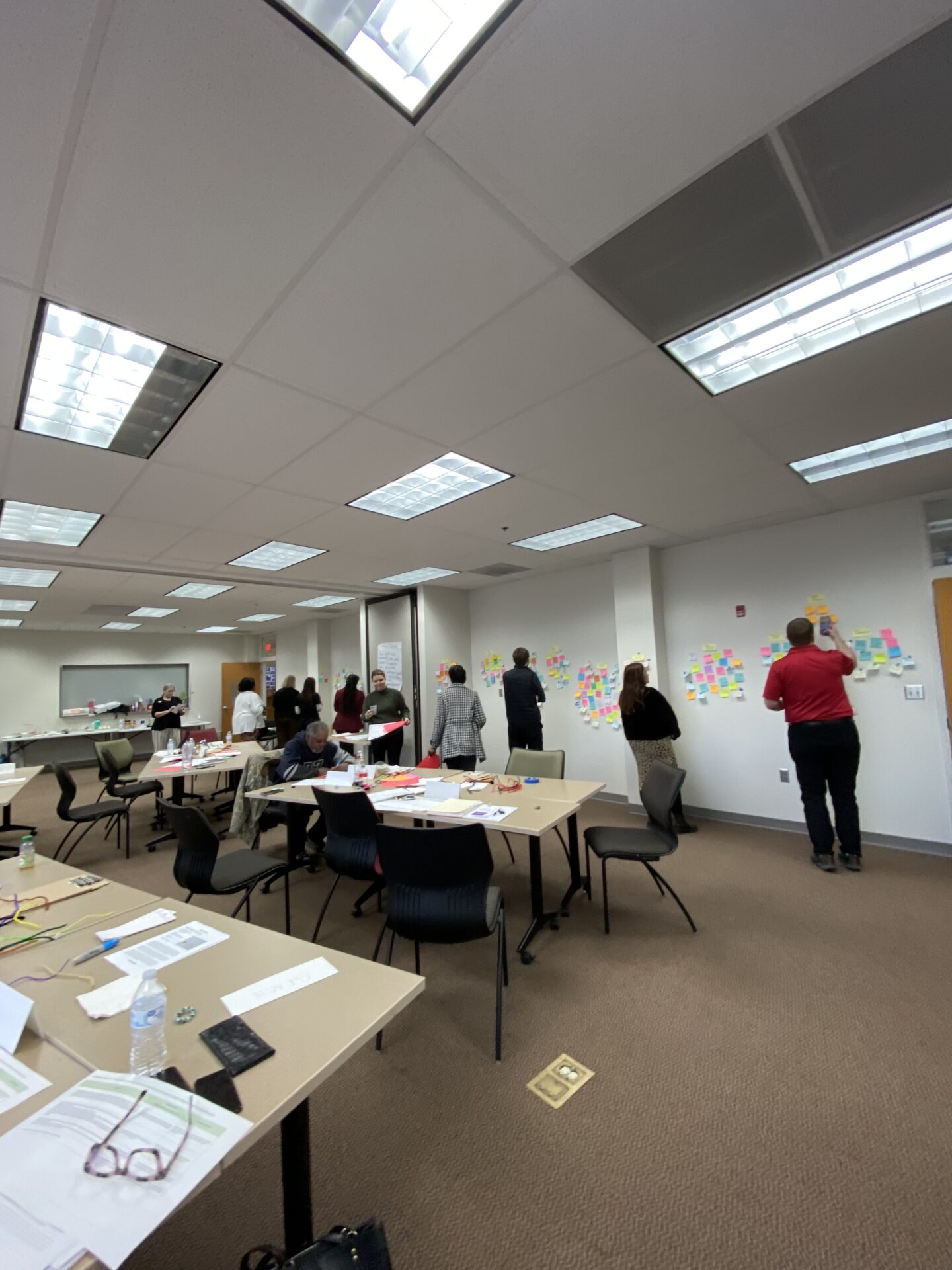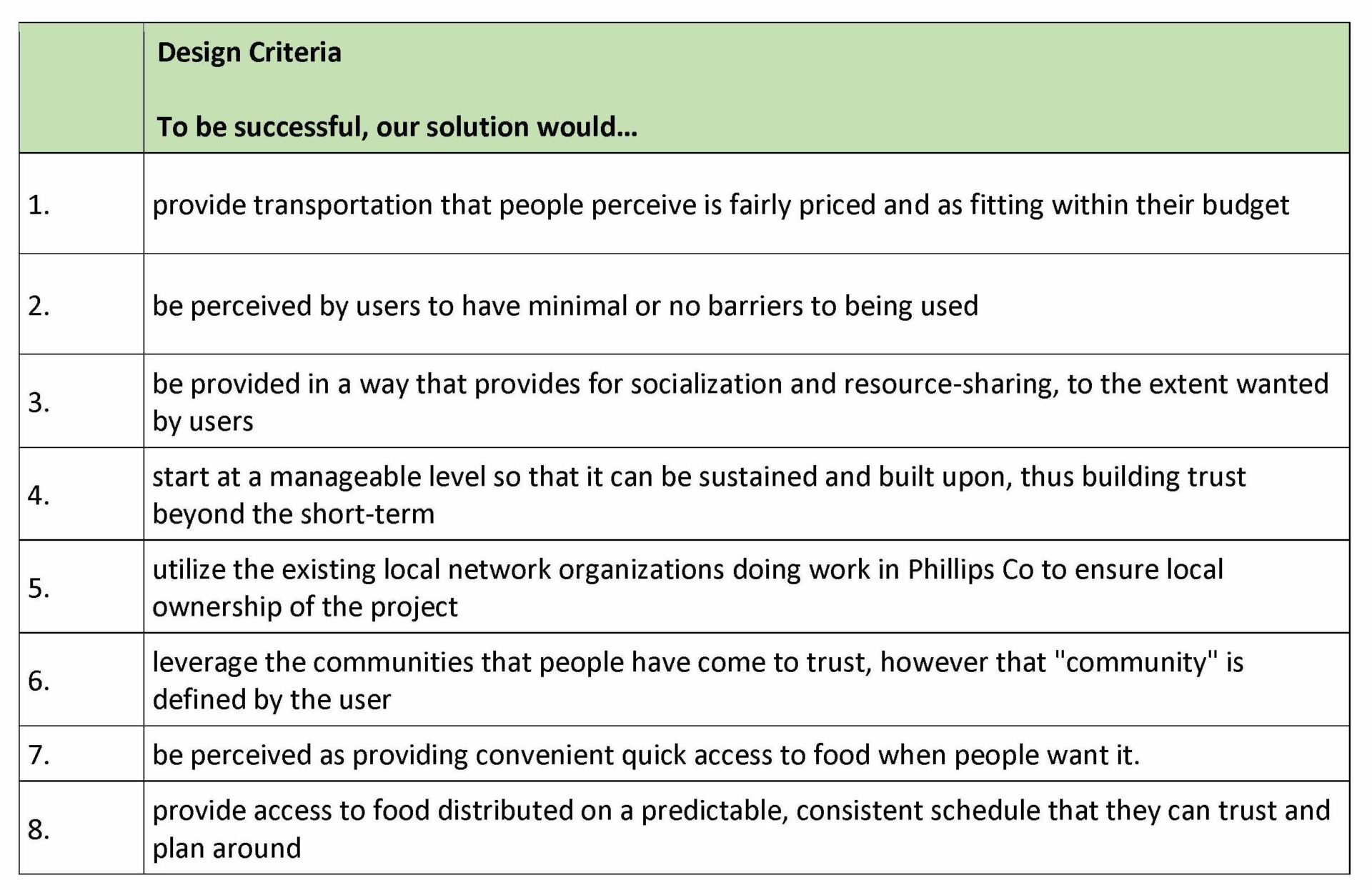Bridging the Food Access Gap: Innovative Solutions in Rural and Urban Communities
- Author: Laurel Schwartz
- Date: September 11, 2024
Access to fresh, nutritious food remains a significant challenge for many communities across the United States, particularly in rural areas…



